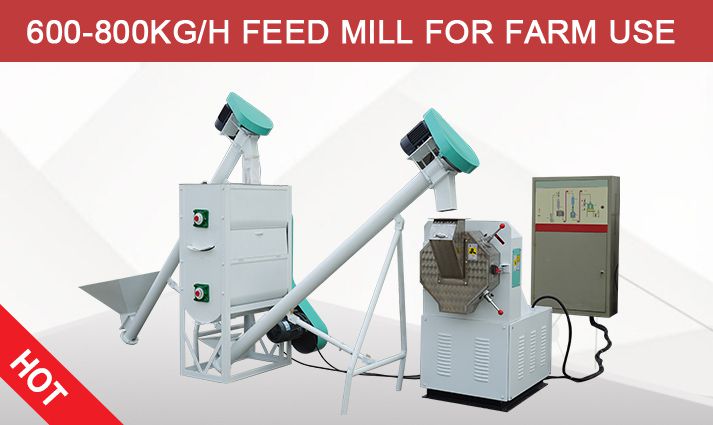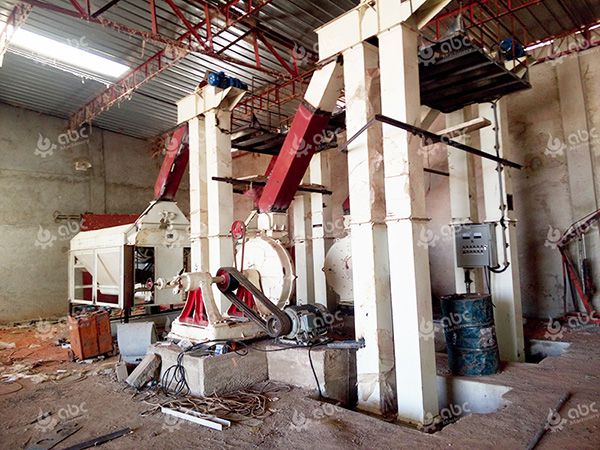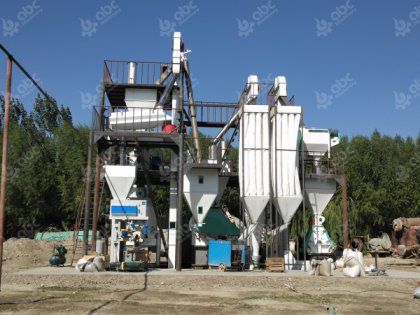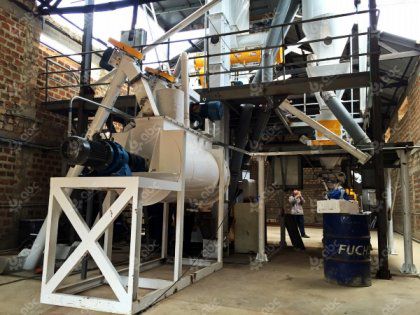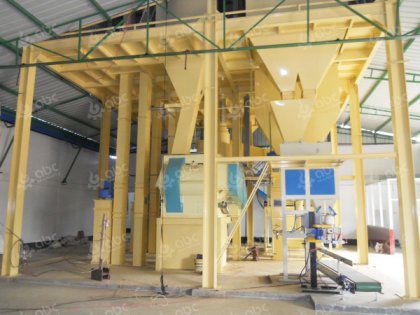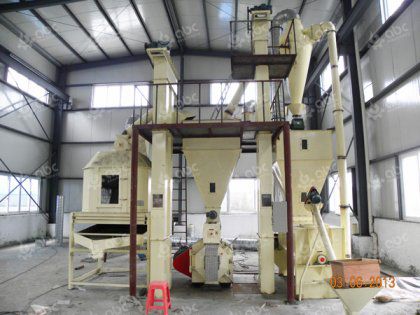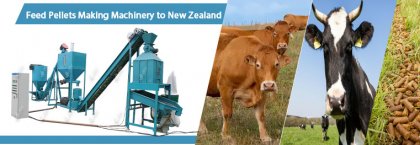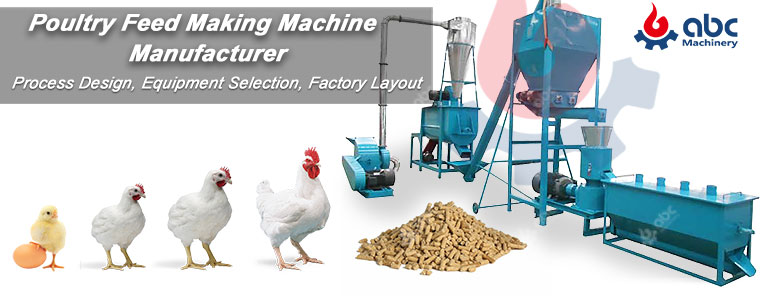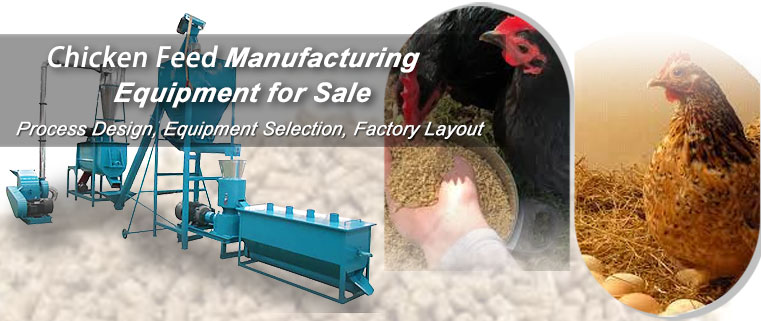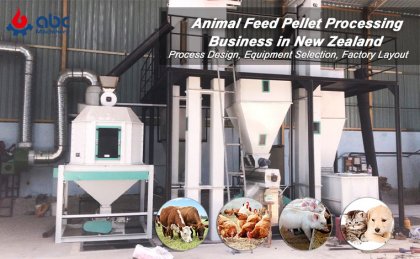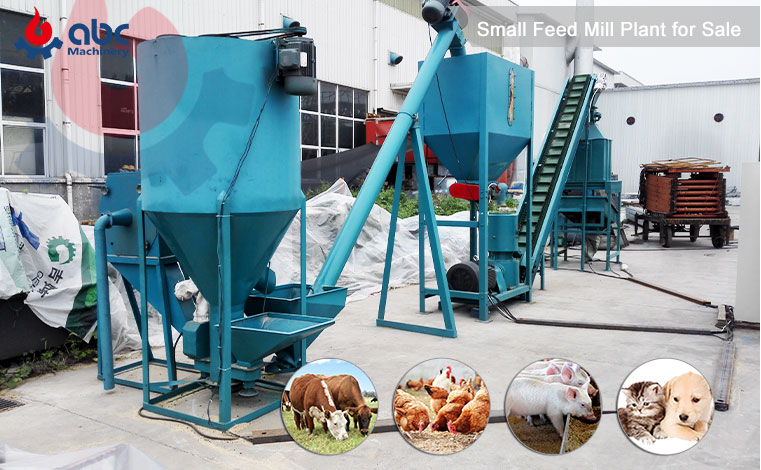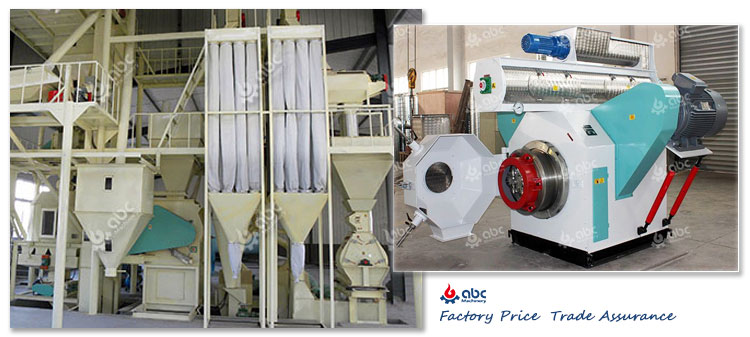Poultry feed production is a highly promising entrepreneurial venture today. If you are planning to start a poultry feed mill, what is the key preparation you must prioritize first? The answer lies in a comprehensive feasibility analysis for the poultry feed mill, and this process requires focusing on assessing core dimensions such as market profitability, capital needs, design compliance, and risk mitigation.
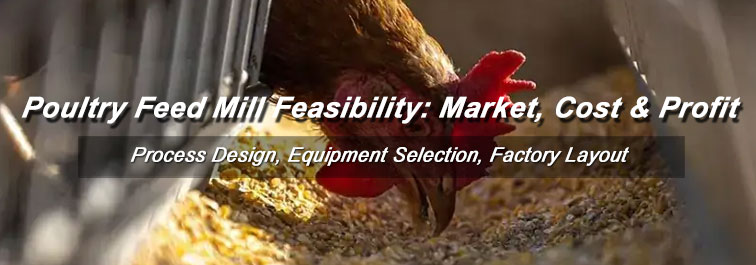
Poultry Feed Mill Feasibility: Market, Cost & Profit
In the following content, we will sort out the relevant key points in detail to help you determine whether your poultry feed mill project is viable and how to execute it successfully.
For anyone looking to start a poultry feed manufacturing business, reach out to us now!
1. Profitability Analysis: Poultry Feed Mill's Market Demand & Profit Model
The profitability of a poultry feed plant begins with a solid grasp of market trends and demand. Without clear demand drivers, even a plant outfitted with high-quality equipment will find it hard to sustain stable profits.
Global & Regional Market Trends
Industry data shows global poultry feed consumption is projected to reach 1.2 billion metric tons by 2030, with the Asia Pacific (APAC) region leading growth—contributing over 40% of total demand. This surge is fueled by rising poultry farming in countries like India, Nigeria, Thailand, and Vietnam, where chicken/egg consumption is growing 5-7% annually. For example:
-
APAC (top growth): China to produce 131M tons (2025); India’s 2023 output rose 13.43%.
-
Africa/Middle East: 5.4% growth (2024), Nigeria’s demand up 20% yearly.
-
Americas: US (high productivity) & Brazil (cost advantage) lead; 2023 US per capita poultry consumption hit 35.7kg.
-
Europe: Focus on sustainability (insect protein, antibiotic reduction); 2024 output +2.7%.
As the global population continues to grow and demand for poultry products increases, the poultry feed industry is poised for sustained expansion.

ABC Machinery Poultry Feed Mill Cases (APAC & Africa)
Profit Margins & Revenue Streams
A well-run poultry feed plant typically sees 15-22% profit margins, higher than cattle feed (10-15%) or fish feed (12-18%) businesses. Key revenue drivers include:
- Bulk sales to commercial poultry farms (60-70% of revenue): Signing 6-12 month contracts locks in steady income.
-
Niche markets: Premium feed (e.g., organic, antibiotic-free) commands 25-30% higher prices, targeting high-end egg/chicken brands.
-
By-product sales: Waste grain dust can be sold as fertilizer, adding 5-8% to total revenue.
To refine your profit model, reference tools like “poultry feed manufacturing project report” or “animal feed business plan”—these documents help map costs (raw materials, labor) to revenue, ensuring realistic forecasts.
2. Capital Investment & Poultry Feed Equipment Costs: From Planning to Launch
For any poultry feed manufacturing project, capital investment and equipment costs stand as the foundational pillars that shape its feasibility—right from the initial planning phase to the final launch. The scale of your plant (small, medium, or large) directly dictates how much you’ll allocate to core equipment like grinders, mixers, and pellet mills, as well as auxiliary expenses such as raw material reserves or facility setup.
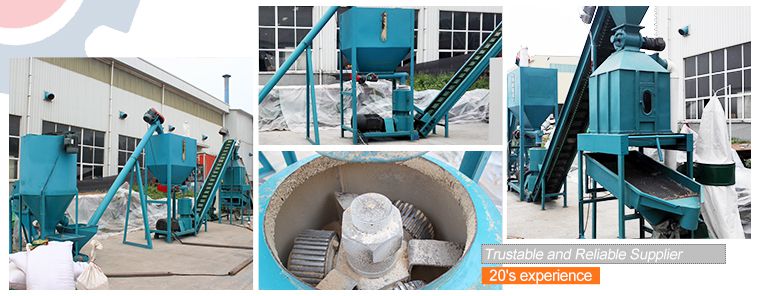
Small-Scale Poultry Feed Pellet Line Equipment Details
Equipment Configuration & Raw Material Reserve Allocation
-
Poultry Feed Machine Price Details: Taking a medium-scale feed pellet production line as an example, it typically includes core equipment such as mixers (for uniform blending of raw materials and additives), pellet mills (for compressing mixed powder into feed granules), coolers (for reducing moisture in finished pellets to prevent mold), and packaging machines (for automated bagging of finished products). For instance, a ring die feed pellet line model SBPML—well-matched for medium-scale operations—starts as low as $30,000. A fully automated configuration of such a line will require focused investment in these key devices, plus supporting components to ensure smooth workflow.
-
Raw material reserves: To avoid production disruptions from raw material shortages, it is recommended to allocate 20-30% of the initial capital to reserve essential materials like corn, soybeans, and functional additives (e.g., vitamins)—this buffer ensures a steady supply for daily operations.
Financing Options
If you have already set goals for your poultry feed production business but are struggling with capital flow issues, here are several financing channels tailored for poultry feed mills to support you.
-
Bank loans: Many governments (e.g., India, Nigeria) offer agricultural loans with 5-7% interest rates for feed businesses.
-
Investor partnerships: Share 20-30% equity for capital, ideal for large-scale plants.
-
Government grants: APAC and African countries often fund “livestock feed business” initiatives to boost food security.
For tailored cost quotes, partner with experts who offer customized project plans, they can adjust equipment configurations (e.g., adding pre-owned machines to cut costs by 40%) to fit your budget. If you want to get free quotes, feel free to contact ABC Machinery at any time; we will get back to you within 24 hours.
3. Poultry Feed Plant Design Compliance: Optimize Operations & Avoid Disruptions
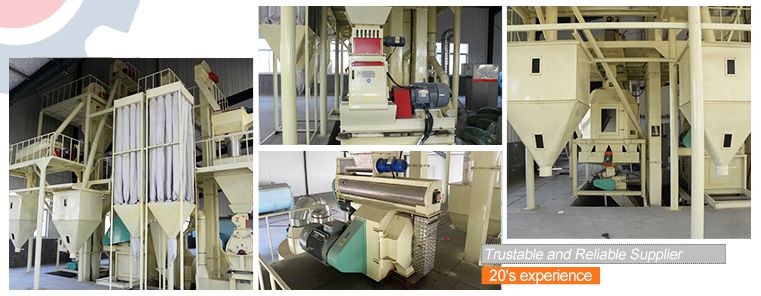
Large Poultry Feed Pellet Plant Automated Details
Design & Layout Best Practices
Follow industry standards (e.g., ISO 22000 for feed safety, HACCP) to ensure compliance and efficiency. Key steps:
-
Workflow optimization: Arrange equipment in a linear sequence (raw material storage → crushing → mixing → pelletizing → packaging) to cut material handling time by 20%.
-
Sanitation & safety: Install dust collection systems (to prevent fire risks) and separate zones for raw materials/finished products (to avoid contamination).
-
Scalability: Leave 15-20% space for future expansion (e.g., adding a second feed pellet mill) to avoid costly renovations later.
Risk Mitigation Strategies
Poultry feed plants face risks like supply chain issues, market fluctuations, but targeted plans can mitigate them:
-
Supply chain risks: 60% of feed production disruptions stem from raw material shortages. Diversify suppliers (3-5 for corn/soybeans) and sign 3-month price lock contracts.
-
Market volatility: If poultry feed prices drop, shift to “animal feed making business” (e.g., produce cattle feed temporarily) using the same equipment—reducing revenue losses by 15-20%.
-
Technical risks: Train staff via poultry feed production training to maintain machines; partner with equipment suppliers for 24/7 maintenance support.
A poultry feed plant’s feasibility hinges on profitable market demand, clear financial planning, and robust design/risk control. By leveraging regional trends, optimizing equipment costs, and following industry best practices, you can launch a sustainable business.
For personalized support—like customized feasibility reports, free poultry feed machine quotes, or layout designs—contact industry experts today. Avoid detours and turn your project into a success.


